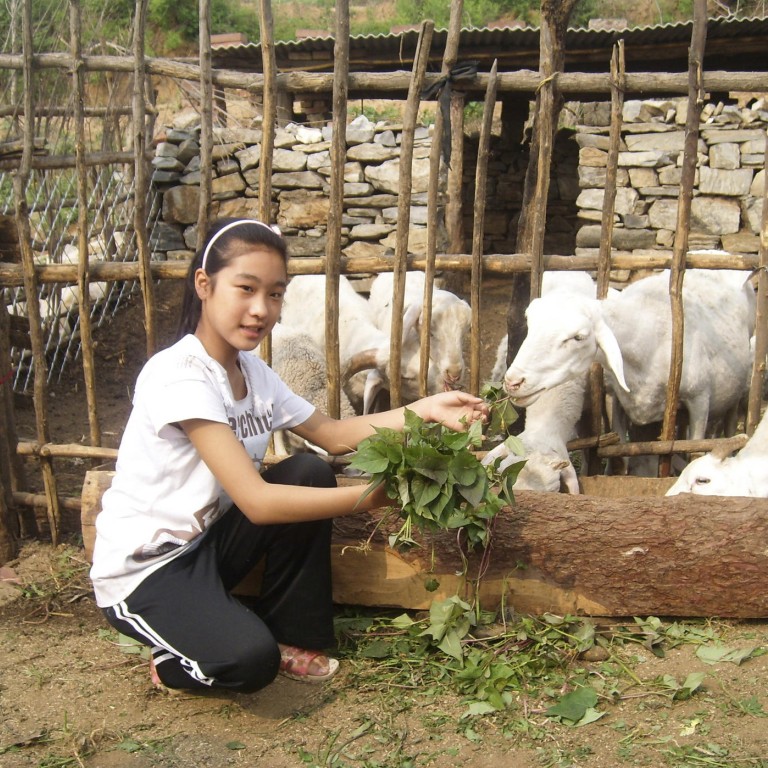
In the year of the goat, why not buy one for a needy family?
Ancient Chinese folklore characterises the goat as shy, but amicable and sympathetic, and with strong inner resilience.
People born in the year of the goat prefer to be in a group, but not the centre of attention. They are kind-hearted, with a strong sense of justice. Yet the goat is often maligned in pop culture.
In cartoons and film, the goat is portrayed as the naughty one on the farm, chewing blossoms or tearing up the vegetable patch, and is the butt of many jokes on YouTube for its funny sounds or fainting spells.
The scientific name of the poor old domestic goat, , has even lent its etymology to modern English in the word "capricious", meaning impulsive, unpredictable - and unreliable.
Yet, throughout history the goat has been one of man's most reliable beasts. It was one of the world's first domesticated animals, and its use is more widespread than the cow for both milk and meat production.
Goats are raised around the world for their meat, hair and milk. As much as 70 per cent of the world's population has some intolerance to cow's milk, but few are allergic to goat's milk. It is lower in cholesterol, higher in vitamins A and B, calcium and potassium, and is digested more easily. And since the fat in goat's milk does not separate, it is naturally homogenised, and can be easily used in the manufacture of luxury soap.
Goat hair can be made into a versatile textile: cashmere, known as the "fibre of kings", is not wool, but hair, collected when goats naturally shed their winter coat, making it a sustainable material, lightweight and durable.
And the discovery of coffee can be attributed to goats - when Ethiopian goat herders realised that their caprine charges became "jumpy" after munching on the red berries of a local shrub.
The tendency of goats to caper around in their unique way also gave rise to a dance move called the capriole, a high leap with a backward kick. Who knew that the goat could give us all these reasons to kick up our heels?
Hong Kong organisations Heifer International Hong Kong and Oxfam Hong Kong provide ways to show gratitude and channel one's inner goat personality, by "paying it forward" to those who need help.
Launched in 2000, Heifer International Hong Kong is a registered charity that provides a poverty-alleviation programme on the mainland and raises public awareness of Heifer's work and values through education.
The organisation provides struggling families with the gift of food- and income-producing animals, as well as training to care for the animals in ways that do not harm the environment.
Recipient families are trained in animal husbandry, environmentally sound, sustainable agricultural practices and community development, and are expected to "pass on the gift" of one or more of their animal's offspring, or return the loan used to buy livestock to help others.
Donors can choose and buy online from a "menu" of gift animals ranging from bees to yaks. A dairy goat, for instance, can provide families with up to four litres of milk each day for the children and to sell.
It costs HK$1,500 to donate one goat, although "shares" can be bought for HK$150.
Emmy Wong, the charity's development manager, says students can get in on the act of giving through activities such as its educational service learning programme "Read to Feed", which encourages children to read any books during the school holiday and ask family and friends to sponsor them for each book read.
Oxfam also has an animal-donation programme, Unwrapped, which is set up for easy online purchases. A pair of goats costs HK$600 and, through the "pass-it-on" system, the goats' offspring will be passed on to other needy families in the recipient family's village.
